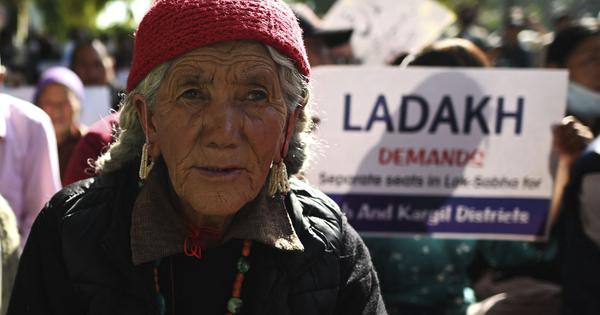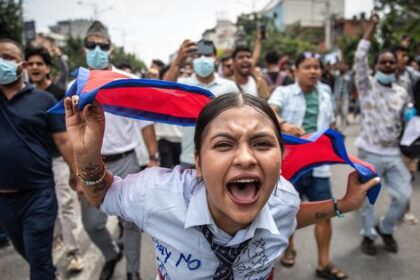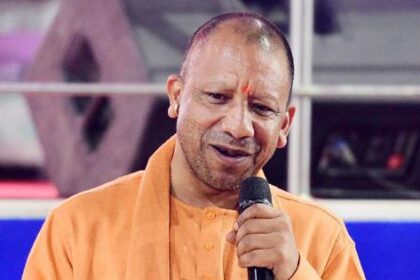Strong resentment in Ladakh highlights the need for urgent government response to autonomy demands.
Recent violence in Ladakh marked a significant escalation in the long-standing movement for greater autonomy and constitutional safeguards for the region. On Wednesday, the Leh Apex Body, one of the key organizations advocating for these changes, called for a bandh that saw widespread participation. This action was supported by youth groups and religious organizations, culminating in a protest outside the NDS Memorial Park, where movement leaders had been on a hunger strike for 15 days.
The situation quickly escalated when a crowd gathered outside the offices of the Ladakh Hill Council and the Bharatiya Janata Party. The police attempted to disperse the crowd forcibly, leading to stone-throwing from some protesters, resulting in damage to the BJP office and other properties. Tragically, at least four individuals were killed due to police firing, and several others were injured and required hospitalization. In response to the unrest, the local administration has prohibited gatherings of more than four people.
Leaders advocating for statehood and protections under the Sixth Schedule of the Constitution expressed shock and disappointment over the violent police actions. Notably, climate activist Sonam Wangchuk and others who were on a hunger strike ended their protest, urging residents to maintain non-violence and reminding the government of the reasons behind the growing discontent among the populace. This frustration has been simmering since 2019, when Ladakh was designated as a Union territory without a legislative assembly, effectively placing it under the direct control of the Central government.
Key promises made by the Bharatiya Janata Party, including granting Sixth Schedule status and prioritizing local youth for employment opportunities, remain unfulfilled. Although there has been some progress regarding domicile status, which was only partially addressed in June, the central demands for greater autonomy and statehood remain pending. Despite multiple high-level meetings held by the Ministry of Home Affairs with movement leaders, the government has not acted decisively on these critical issues.
The high literacy rates in Ladakh amplify the frustration among the youth, particularly as they face increasing unemployment or underemployment. The Central government has faced criticism for its perceived disregard for local governance, with many top positions within the Union territory administration occupied by non-Ladakhis. Additionally, contracts for developmental projects have often been awarded to outside firms, further alienating the local population.
Environmental concerns have also been raised regarding proposed projects, such as a mega-solar initiative in Changthang, an ecologically sensitive area. The lack of consent from local herders, along with the absence of thorough environmental assessments, has heightened tensions. The administration’s actions against activists, including the recent cancellation of the land lease for the Himalayan Institute of Alternative Learning, have only served to escalate anger among the citizens.
The introduction of additional Central Reserve Police Force personnel in areas like Leh has been perceived as a sign of continued external control, further inflaming local sentiments. Many young people in Ladakh may find inspiration in recent protests in neighboring countries, reflecting a broader discontent with unresponsive governance. As one former local leader remarked, the violence witnessed in Ladakh was unexpected and indicative of a deeper democratic crisis. The ongoing failure of the Central government to address the legitimate demands of the people risks alienating a population that has historically supported national security efforts along its borders.








